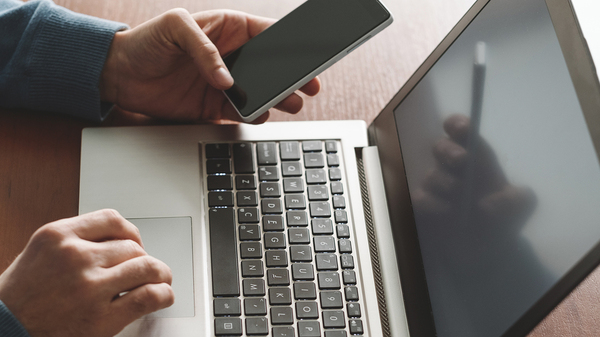
One of the fundamental methods of keeping a home secure is an alarm system. You need your key to get into the house, but once you enter, you have to cross over and punch in a passcode to keep security or the police from arriving to check on your safety. This is a real-world example of two-factor authentication, also called 2FA or TFA, and it’s a security tool with which any altcoin investor needs to be familiar.
Much like the home example, 2FA relies on two different security systems. For example, you might use a login and password for your altcoin wallet, but to access it, you might also need a physical token, such as a USB drive with a key preloaded on it, or a token with a custom chip that can be read by the computer you’re logging in, or even a text code sent to your phone that you also need to enter. Nor is it limited to two; “multi-factor” identification is becoming more common to add layers of security.
None of this, by the way, is in any way “bullet-proof.” Just like a lock and a passcode won’t thwart a dedicated thief, the goal is less to achieve “perfect” security and more to achieve obstruction, to make it as difficult as possible to illicitly get the goods. The trick is striking a balance between what you’re willing to go through for security and what thieves will think is too much work to target your assets. To learn more about altcoins and security, subscribe to the Bitcoin Market Journal newsletter!

